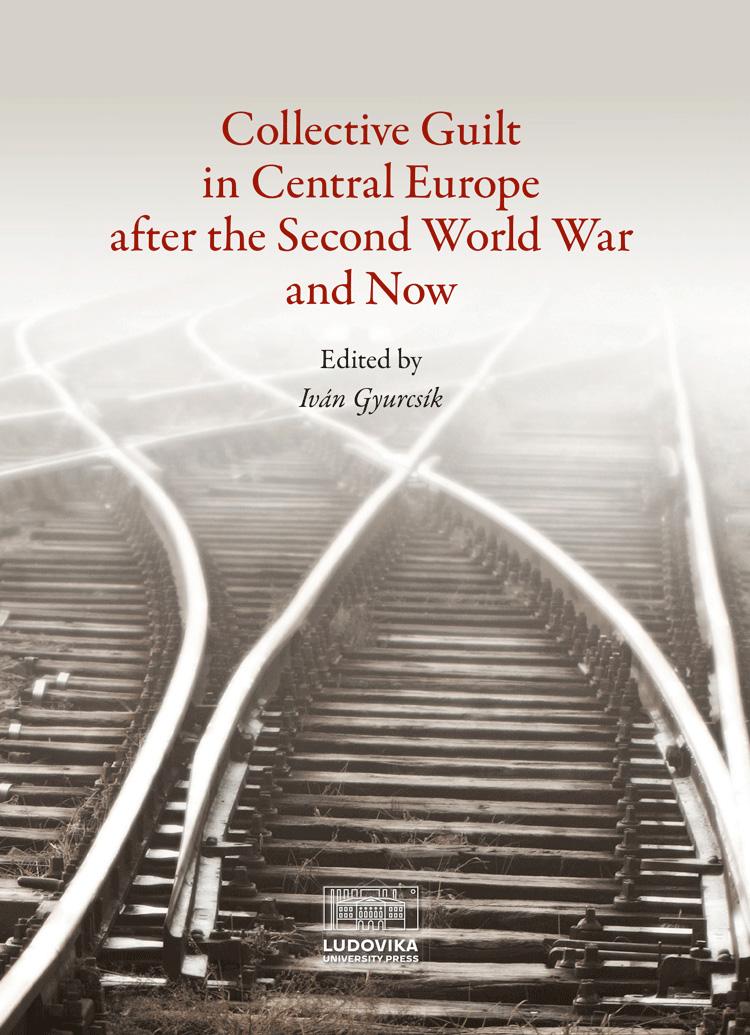The Issue of Responsibility for the Expulsion of Ethnic Germans from Hungary
Synopsis
In the period between 1946 and 1948 approximately half of the Germans of Hungary (220,000 people) were settled to the American and Soviet occupation zones of post-war Germany. These events were part of a larger international process in which millions of Germans were forced to flee their homes in Northern and Eastern Europe, as well as Poland and Czechoslovakia. Post-war Hungary, as one of the countries on the losing side of the war, after 1945 was in a ceasefire status, accordingly was not a sovereign state. As a result, the expulsion of the Germans from Hungary could take place only with an international mandate under the supervision of the Allied Control Commission. International politics played a key role in the preparation and the authorisation of the expulsions, and this was no different in the summer of 1946, during the execution of the expulsions. Furthermore, international politics was decisive also in the context of the tense relations between the United States and the Soviet Union, when the expulsions were temporarily retarded. Finally, international politics had influence on the expulsions also in the summer of 1947, when forced migration to the Soviet occupation zone of Germany began without the consent of the Western Allied Powers. The aim of the study is to present and analyse these complex processes.



.svg)
